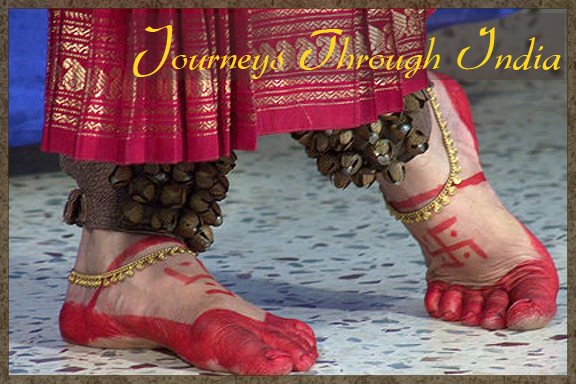Shri Ramana Maharshi Ashram
Arunachula
We arrived at about
When we arrived, we were escorted to the guesthouse here, a place where people interested in Shri Ramana can stay for 3 days. There are no fees, but one can (and we will) leave a donation afterwards. The guesthouse is simple and clean, located about 5 minutes from the ashram down a small road. The way is lined with orange clad Sadhus with the three lines of Shiva marking their foreheads. At night, one will see them sleeping along the street or on a rock, leading a simple, ascetic life, much like Ramana had. These men are not devotees of Shri Ramana – Arunachula attracts many spiritual seekers. Alongside the Sadhus are people of many nationalities, often clad in long skirts or tunic/pants with scarves for the women and long shirts/pants for the men. People walk slowly – there is no where to go, one is here and one is now and that is all that matters. No thinking about the past or the future or what one should be doing. It is a wonderful thing, to just be and not to always be doing something.
After settling our bags and eating a meal, Matthew and I went to the ashram to listen to the evening prayers. The ashram here is well endowed. The main hall is in front of the burial place of Shri Ramana Maharshi (located behind a Shiva statue) and is next to the burial place of his mother, who was also a follower of his and a saint in her own right. Because the ashram is well endowed, there is no question of money, donation, tithing, etc., which is something of a relief. All is really simple. One comes and one participates as much or as little as one wants. To simply be there is enough. When one enters the hall, the women sit to the right, the men to the left. This is something I also like, because it gives everyone a sense of autonomy. One comes on one’s own. Both wife and husband are freed of their duty to one another and can simply be present. Many, many religions practice this in various modalities. If I remember correctly, early Christianity did as well. It is easy to understand why. The ceremony is a simple puja lasting about 15 minutes. Priests chant prayers while one priest prays, giving offerings of fire and of the people and asking that their petitions be answered. After the puja, pilgrims can come up to the front and receive a tikka, or little dot of coloring to put on their foreheads as a special blessing. Sometimes they can receive part of the offering that had been made as well: sugar, butter, flowers.
Then, carpets are lain in the front of the hall with the men facing in toward the center, as do the women, so the men and women are facing each other. 45 minutes of chanting follow, where the men and women chant verses back and forth. In Hinduism, it is very important to be married. For a man to fulfill his spiritual obligation, he needs a wife to say the prayers with. Thus, the wife and husband are both sacred in one another’s eyes. Thus, in the spirit, both the husband and the wife are superior to the other. Women are treated with great respect here – if a person is following the precepts of their religion. So, here we sat, listening to the calling, back and forth, of sacred song passed between the men and women. When a chant was concluding, the two parts would come together in unison, which was powerful and beautiful.
At the conclusion, all left the hall for a simple meal provided by the ashram. Matthew and I did not eat at this time, but did eat in the ashram the next day. Instead, we went back to the guesthouse … to sleep.


No comments:
Post a Comment